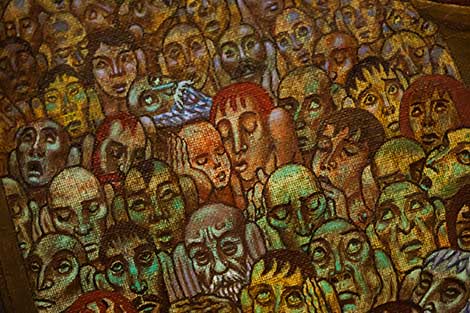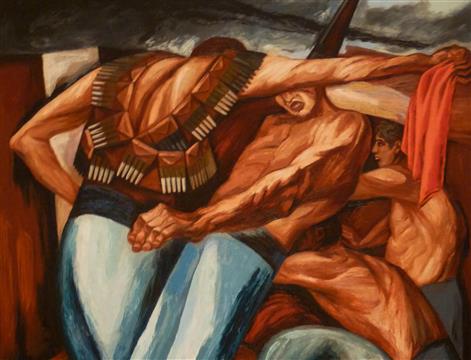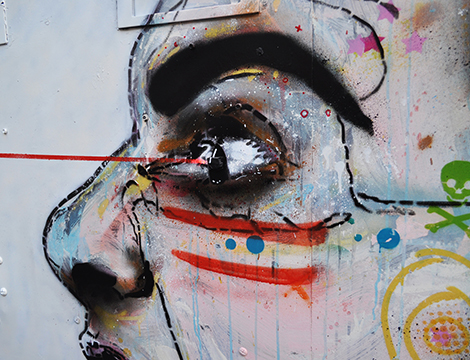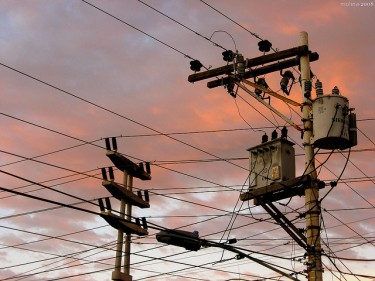
This article was originally published by Political Violence @ a Glance on 5 September 2018.
In recent months, many observers of the still-smoldering civil war in Syria have concluded that Bashar al-Assad’s triumph, once unthinkable, now appears inevitable. How did the Syrian regime accomplish such a come-from-behind victory?
Most analysts emphasize how Assad benefited from extensive international support from Russia and Iran, as well as non-state militias like Hezbollah. They also credit Assad’s deft deployment of a divide-and-rule strategy, in which he sought modus vivendis with some opponents—ISIS and Kurdish rebel groups carving out autonomous spaces far from Damascus—while unleashing the full weight of his military strength on moderate Western-backed rebel factions. Yet the most important factor in Assad’s victory was neither his international support nor his wartime strategies; rather, Assad triumphed because Syria’s armed domestic opposition was hopelessly fragmented from the beginning to the closing stages of the conflict.




